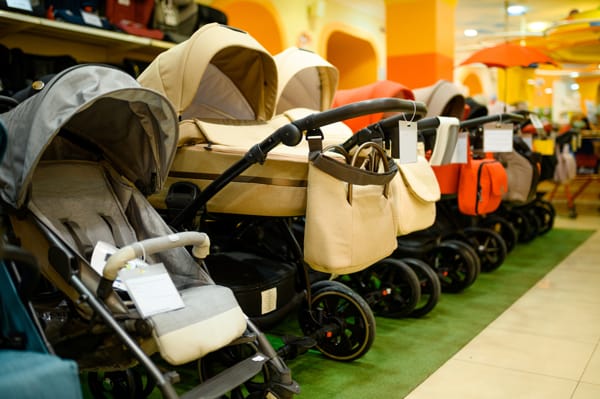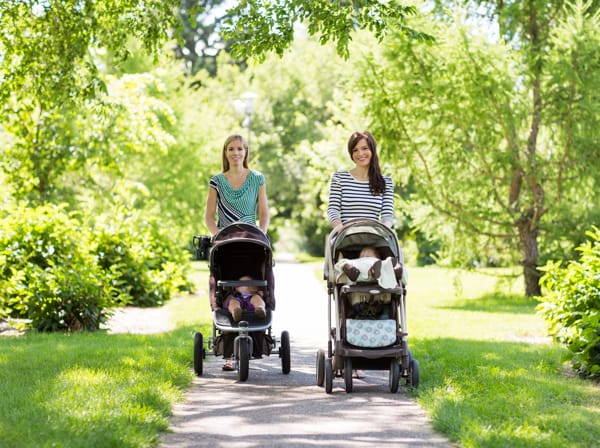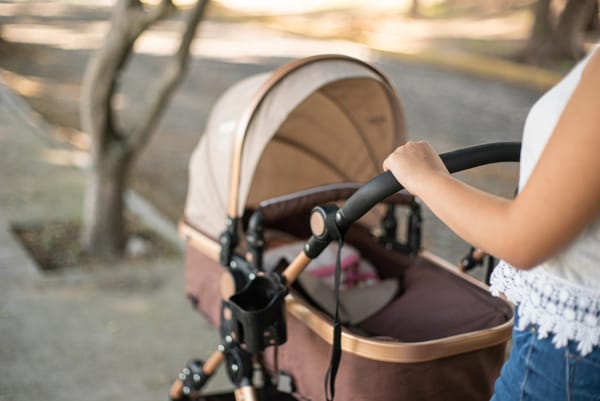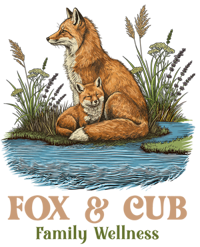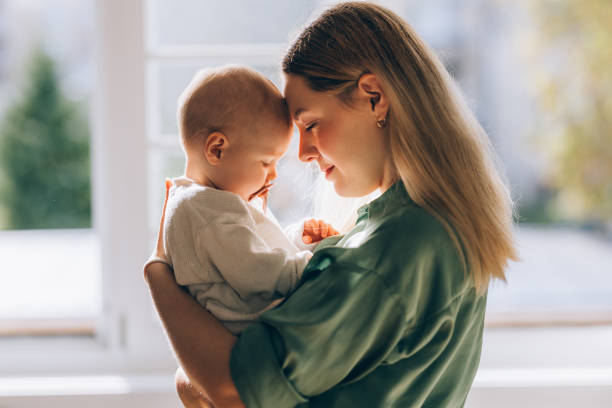When it comes to choosing a stroller, the options can feel overwhelming. From lightweight travel strollers to full-size, all-terrain models, finding the right fit for your family’s needs requires careful consideration. Beyond functionality and ease of use, it’s also important to choose a stroller made with clean, high-quality materials that are free from harmful chemicals.
In this guide, we’ll walk you through the key factors to consider when selecting a stroller, including what materials to look for and how to find the perfect stroller for your lifestyle.
1. Consider Your Lifestyle & Needs
Before selecting a stroller, think about how and where you’ll be using it most often. Some key questions to ask:
Do you need a lightweight stroller for travel? Compact, easy-fold models are ideal for frequent outings.
Do you walk or jog frequently? Look for a sturdy jogging stroller with shock-absorbing wheels.
Will you be using public transportation? A compact stroller that folds quickly with one hand is best.
Do you need a stroller that grows with your child? Some models convert from a single to a double stroller, making them a great long-term investment.
Once you know your primary needs, you can narrow down your search for a stroller that fits your lifestyle.
2. Choosing Stroller Materials: What to Look For
Many strollers on the market contain materials that may not align with a health-conscious lifestyle. When choosing a stroller, look for brands that prioritize clean materials and eco-conscious production.
What to Avoid:
Flame retardants – These chemicals have been linked to potential health concerns and are often found in stroller padding.
BPA & Phthalates – These synthetic chemicals are found in plastics and may disrupt hormone function.
PVC (Vinyl) – Some strollers use PVC rain covers, which can release toxic chemicals over time.
What to Look For:
Recycled PET Fabrics – Some stroller brands use recycled plastic bottles to create durable, eco-friendly fabric.
Oeko-Tex Certified Materials – This certification ensures textiles are tested for harmful substances.
Water-Based Dyes & Finishes – Instead of chemical-laden dyes, some strollers use water-based finishes that are safer for children.
Sturdy, Non-Toxic Frames – Aluminum or powder-coated steel frames are free from harmful coatings and long-lasting.
By selecting a stroller made from cleaner materials, you can feel more confident about what your child is exposed to daily.
3. Key Features to Look for in a Stroller
While stroller materials are important, functionality matters too! Consider these features when making your choice:
Easy Folding & Compact Design – If you’ll be traveling or storing your stroller in a small space, a one-hand fold mechanism is a must.
Adjustable Recline & Canopy – A fully reclining seat and large UV-protective canopy provide comfort and sun protection for your baby.
All-Terrain Wheels – If you plan to take your stroller off paved roads, rubber tires with suspension offer a smoother ride.
Convertible Options – A stroller that grows from a single to a double can save money if you plan on having more children.
Car Seat Compatibility – If you want to attach a car seat, ensure the stroller has a travel system option or car seat adapters.
4. Types of Strollers: Which One is Right for You?
Full-Size Stroller – Great for everyday use, typically with a roomy seat, a large storage basket, and all-terrain wheels.
Travel Stroller – Compact, lightweight, and ideal for airports or city living.
Jogging Stroller – Built for active parents, featuring shock-absorbing wheels and a hand brake for safety.
Double Stroller – Designed for two children, available in side-by-side or tandem styles.
Car Seat Stroller Frame – A lightweight option that allows a car seat to snap directly onto the frame for newborns.
Final Thoughts
Choosing the best stroller for your family is a personal decision, and what works for one parent may not work for another. By focusing on clean materials, high functionality, and ease of use, you can find a stroller that supports both your baby’s comfort and your lifestyle.
Looking for more baby gear recommendations? Explore our curated Best Baby Product Guides for expert-backed essentials that truly support you and your little one!
